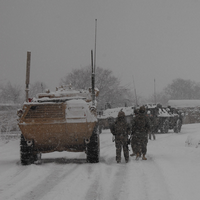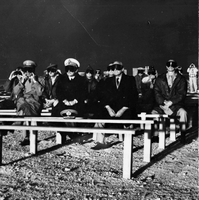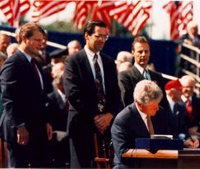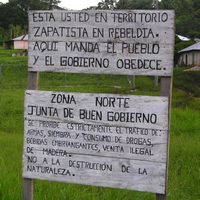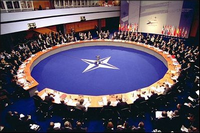
NATO has undergone many changes since its inception in 1949, but its commitment to collective defense has remained intact. During the Cold War, the strong wording of the North Atlantic Treaty’s Article 5, which states that “an armed attack against one . . . shall be considered an attack against them all,” helped deter a confrontation between East and West in Europe. Despite a sea change in NATO’s strategic context, membership, activities and functions, Article 5 has retained an almost mythical quality, enshrining the alliance’s fundamental pledge: e pluribus unum. Thus, despite the intense deliberation on NATO’s future surrounding the […]

